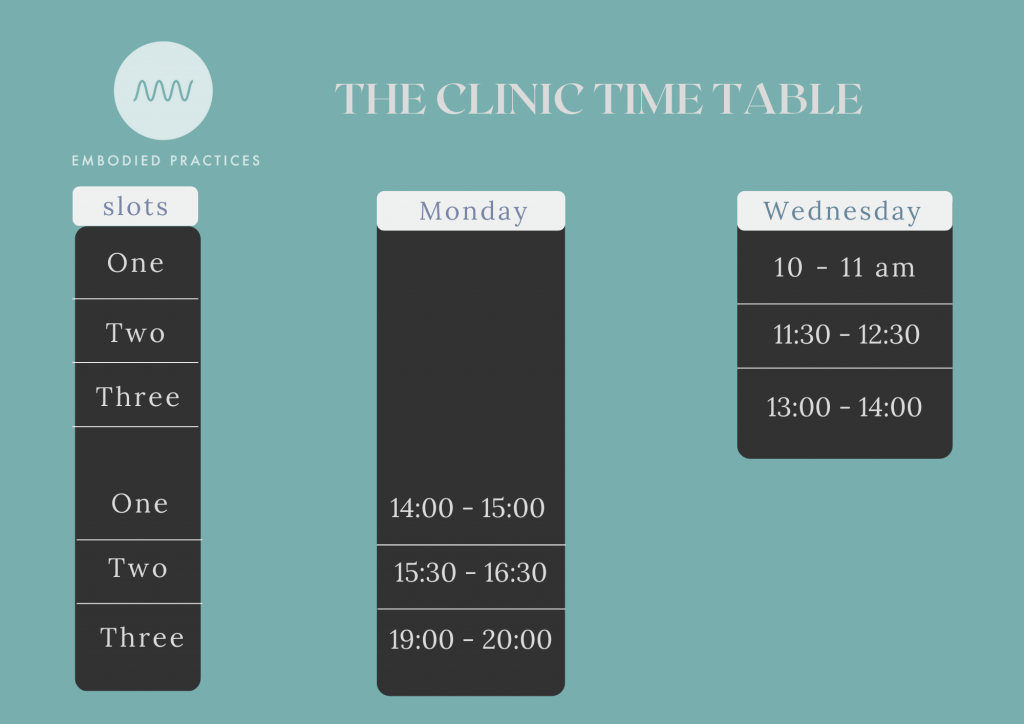Somatic Experiencing®
Body Orientated Trauma Healing
Somatic Experiencing® (SE). Is a body-oriented therapeutic model for healing trauma and other stress disorders. It is based on a multidisciplinary intersection of physiology, psychology, neuroscience, indigenous healing practices, and medical biophysics and has been clinically applied for more than four decades. It is the life’s work of Dr. Peter A. Levine.
The SE approach releases traumatic shock, which is key to transforming PTSD and the wounds of emotional and early developmental attachment trauma. It offers a framework to assess where a person is “stuck” in the fight, flight or freeze responses and provides clinical tools to resolve these fixated physiological states.
The Somatic Experiencing approach facilitates the completion of self-protective motor responses and the release of thwarted survival energy bound in the body, thus addressing the root cause of trauma symptoms. This is approached by gently guiding clients to develop increasing tolerance for difficult bodily sensations and suppressed emotions. More info go to the Somatic Experiencing International website
Recognising the Need for Trauma Therapy
If you are aware of a specific traumatic experience such as a traumatic birth as mother or as infant, a mild or a big a car crash, an operation, sexual abuse, living the experience of a natural disaster, loss, abusive relationship, childhood trauma, social trauma, among much more, Somatic Experiencing is a great place to start the healing journey
TRAUMA SYMPTOMS, Persistent feelings of anxiety or depression, avoidance behavior, difficulty in relationships, emotional numbness, self-harm or suicidal thoughts, flashbacks and nightmares, persistent feelings of anxiety or depression, substance abuse or other addictive behaviors, unexplained physical symptoms like headaches or digestive issues or others changes in your behavior such as the sensation of being stuck, emotional turbulence and confusion, might be connected to emotional trauma and benefit from therapy
SESSIONS
- Sessions can be In person & Online
- Write me a mail or lets have a phone call, I want to hear about you
- Let’s arrange a suitable time for both of us, I work Monday afternoons and Wednesday mornings. See time slots in the timetable below
- Each session will be 1 hour, unless agreed otherwise.
- Individual sessions are £55 – Up to 3 sessions will be £50, ongoing sessions £45
- Pre-book and pay your sessions
If you require more info please don’t hesitate to email or call me
CANCELLATION POLICY
100% cancellation fee for less than 24 hours notice will be charged.
THE WAY I WORK
“I have found that the combination of Somatic Movement, strengthening the body with pilates, gathering in ritual, free style therapeutic dancing such as Dance of Awareness and Somatic Experiencing have been part of my healing journey, they work beautifully together, they are highly complementary and seem to form a coherent system for deep healing, that is the reason I do offer all this embodied practices at my studio. It is important to realise that deep healing undertakes deep commitment. The body is a process, not a fixing machine. You can start at any point of you journey through a yoga or a pilates class, a one-to-one consultation to heal an injury, experiencing a healing ritual with cacao, or directly into a Somatic Experiencing Session. This is a starting point to a new phase of your life, a significant change that it needs commitment and dedication, at your own pace.
Shamanic Roots of Somatic Experiencing Therapy
Throughout recorded and oral history, it has been the task of the shaman, or tribal healer, to help restore balance and health in individuals and communities where it has been disrupted. In contrast to Western Medicine, which has taken its time in recognizing the debilitating impacts of trauma, shamanistic cultures have acknowledged such wounds for a very long time. Shamanistic cultures view illness and trauma as a problem for the entire community, not just for the individual or individuals who manifest symptoms. Consequently, people in these societies seek healing as much for the whole as for themselves. This approach has special applications in the transformation of trauma in our society today. While this endorsement is not intended to suggest that we all seek shamanistic aid in healing trauma, we can gain valuable insight by studying how shamans address traumatic reactions. The methods used over the ages by medicine men and women are varied and complex. However, these diverse rituals and beliefs share a common understanding of trauma. When people are overwhelmed, their “souls” become separated from their bodies. According to Mircea Eliade (an important scholar of shamanistic practice), “rape of the soul” is by far the most widespread and damaging cause of illness cited by shamanic healers. Missing important parts of their souls, people become lost in states of spiritual suspension. From the shamanistic point of view, illness is a result of being stuck in “spiritual limbo”. Since pre-civilization, shamanistic healers from many cultures have been able to successfully orchestrate conditions that encourage the “lost soul” to return to the rightful place in the body. Through colourful rituals, these so-called “primitive” healers catalyze powerful innate healing forces in their patients. An atmosphere of community support enhanced by drumming, chanting, dancing and trancing creates the environment in which this healing takes place. Often the proceedings continue for days and may involve the use of plant substances and other pharmacological catalysts. Significantly while these ceremonies themselves vary, the beneficiary of the healing almost always shakes and trembles as the event nears its conclusion.
This is the same phenomenon that occurs in animals when they release bound-up energy.”… “Physicians and mental health workers today don’t speak of retrieving souls, but they are faced with a similar task- restoring wholeness to an organism that has been fragmented by trauma. Shamanistic concepts and procedures treat trauma by uniting lost soul and body in the presence of community. This approach is alien to the technological mind. However, these procedures do seem to succeed where conventional Western approaches fail. My conclusion is that significant aspects of shamanic practice are valid. When it comes to trauma, we have much to learn from the ways these traditional people practice their medicine. After 1994 Los Angeles earthquake, it was those families (often from Third World countries) who camped, ate, and played together that fared better than many middle class families. Those that remain isolated – obsessively watching replays of the disaster, listening to interviews with geologists claiming “the big one is yet to come” – were much more susceptible to traumatic effects than those who supported each other in community.
(Excerpt from WAKING THE TIGER – Dr Peter Levine)

